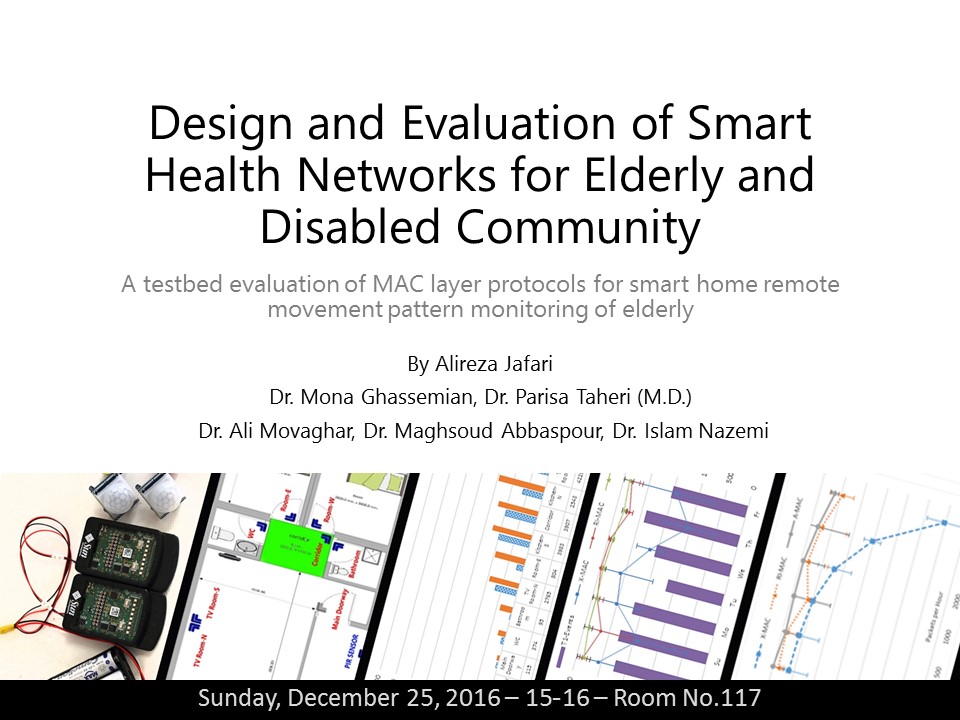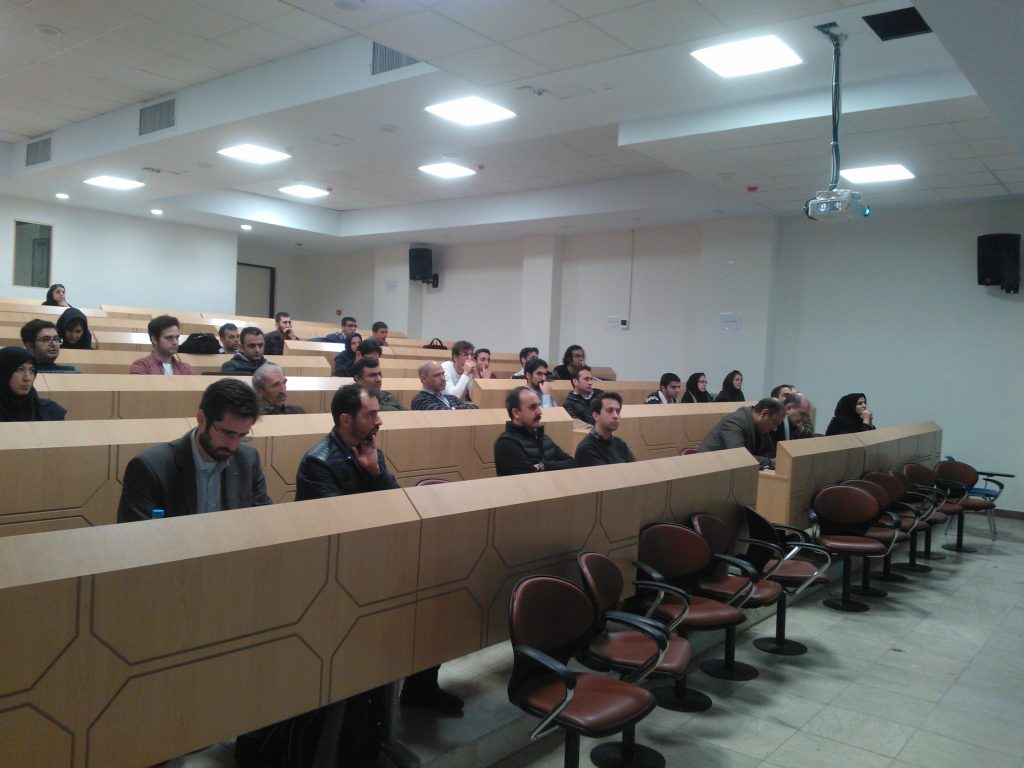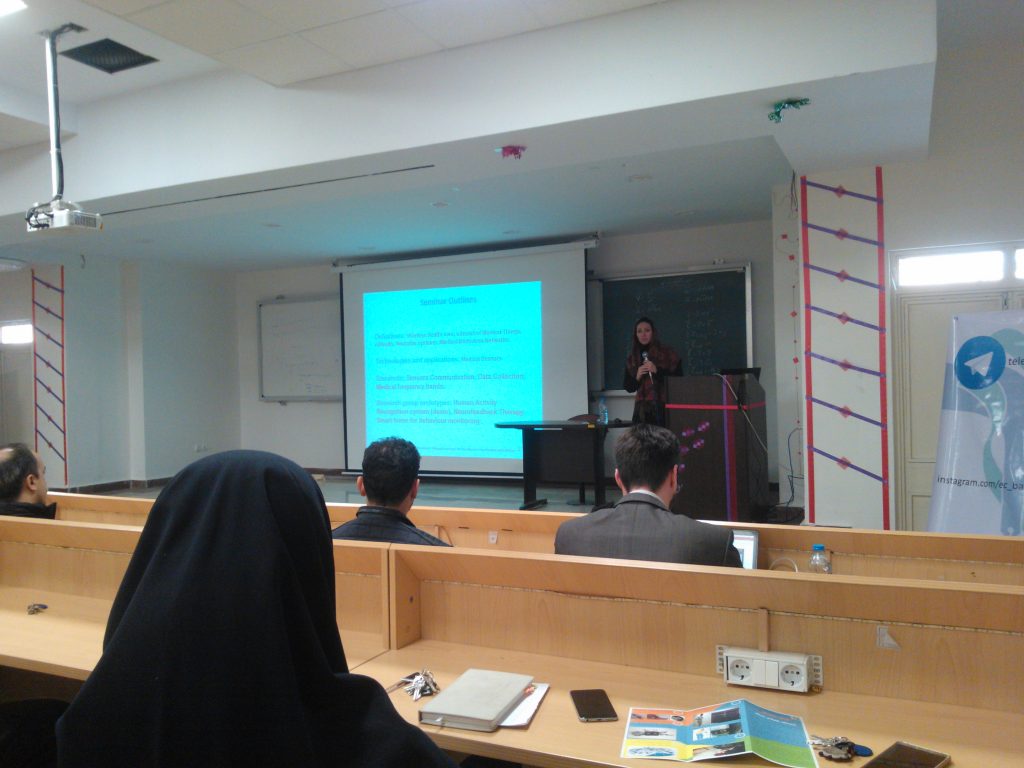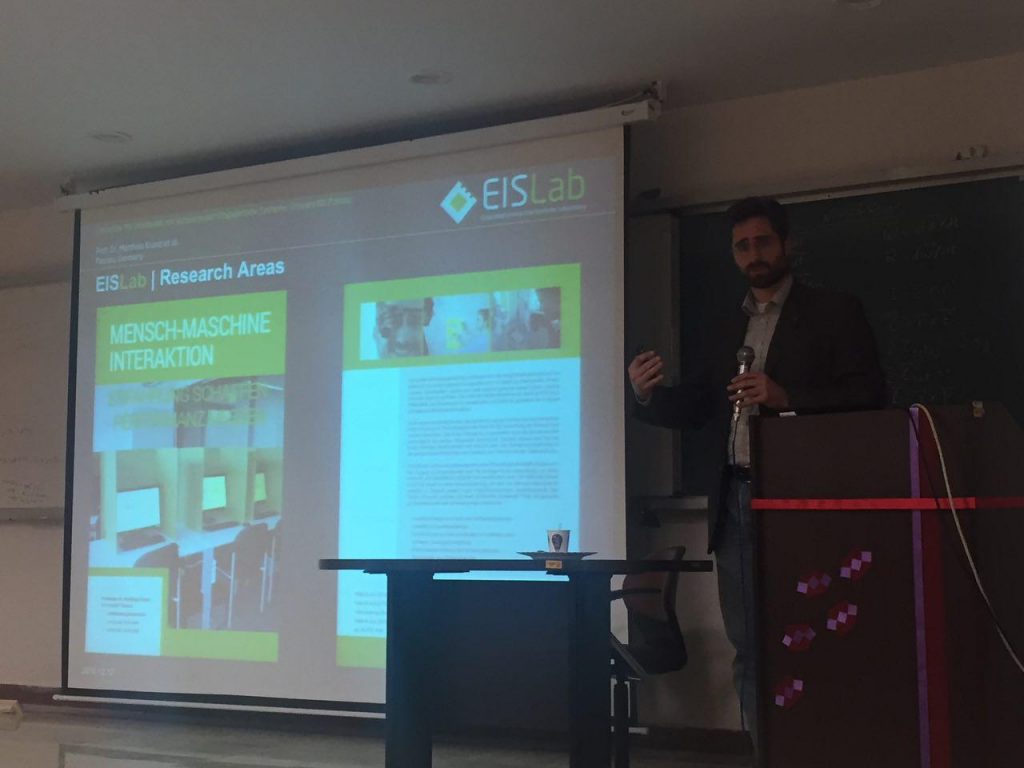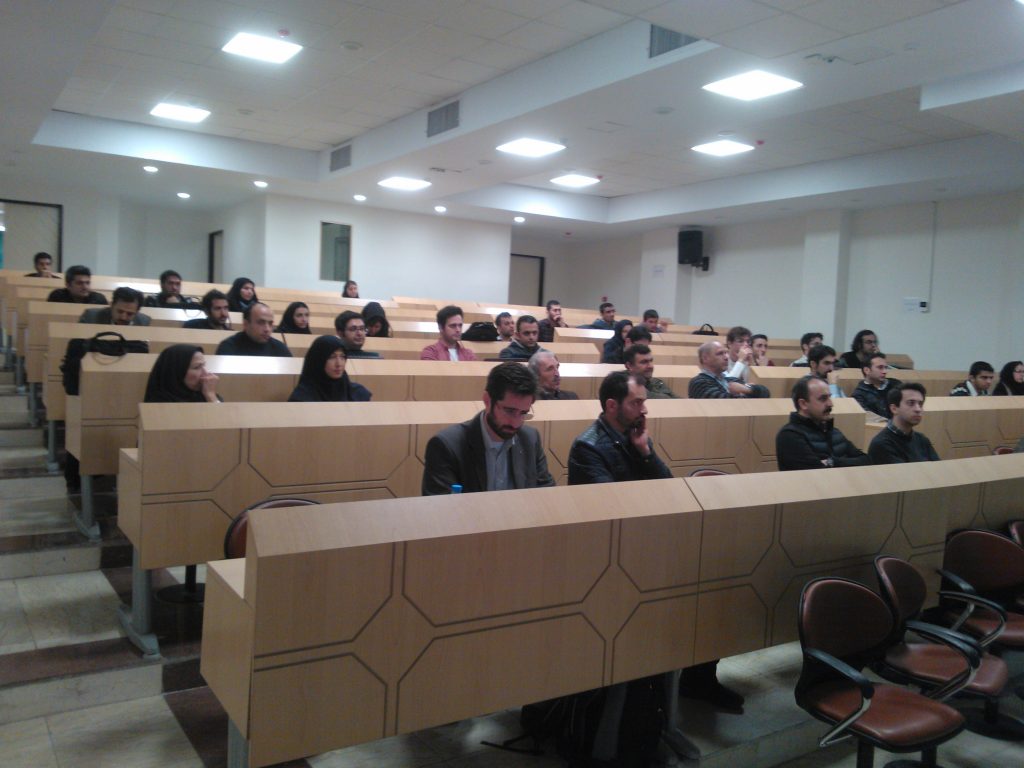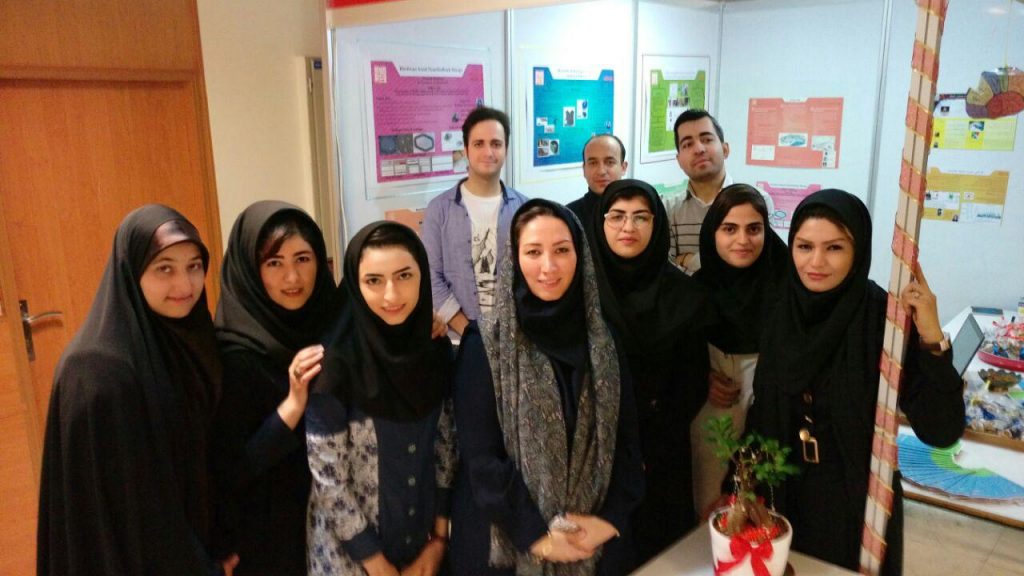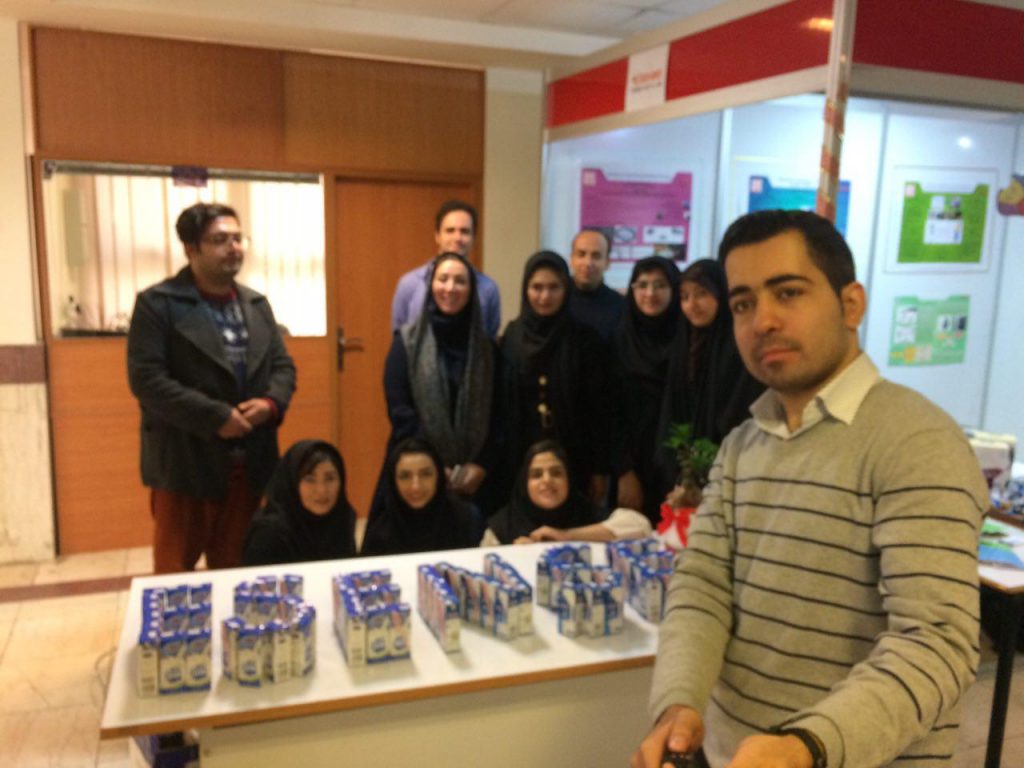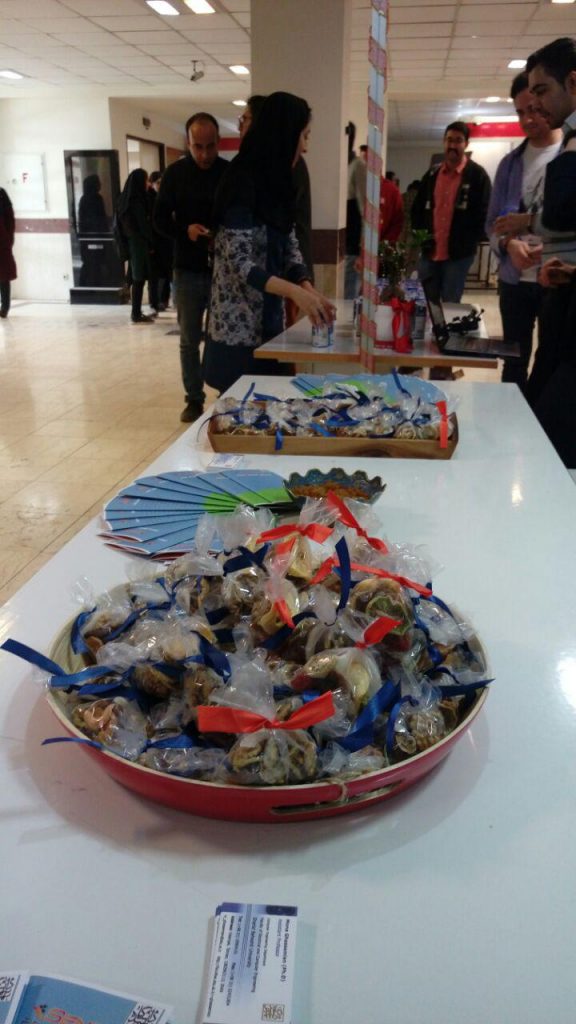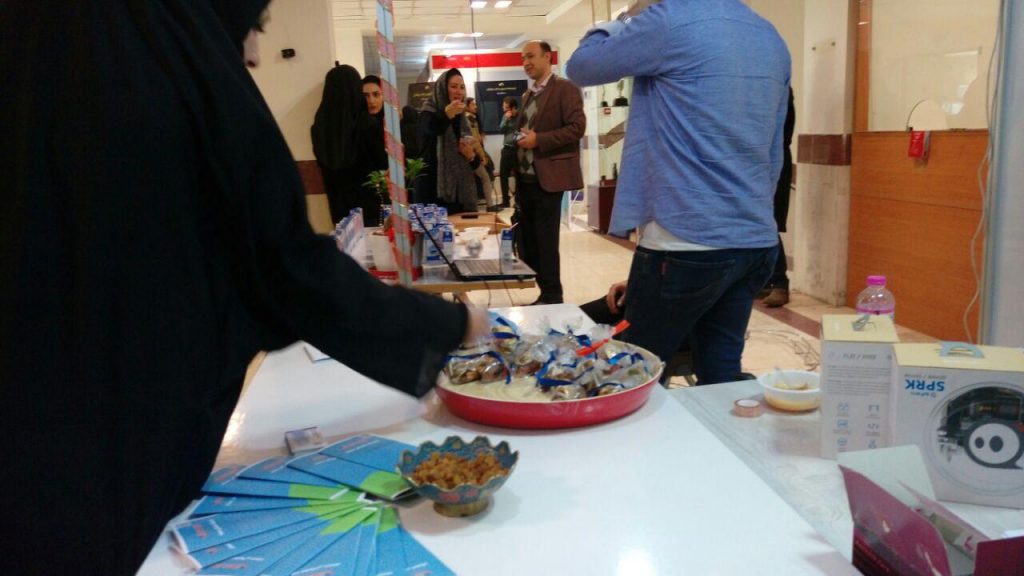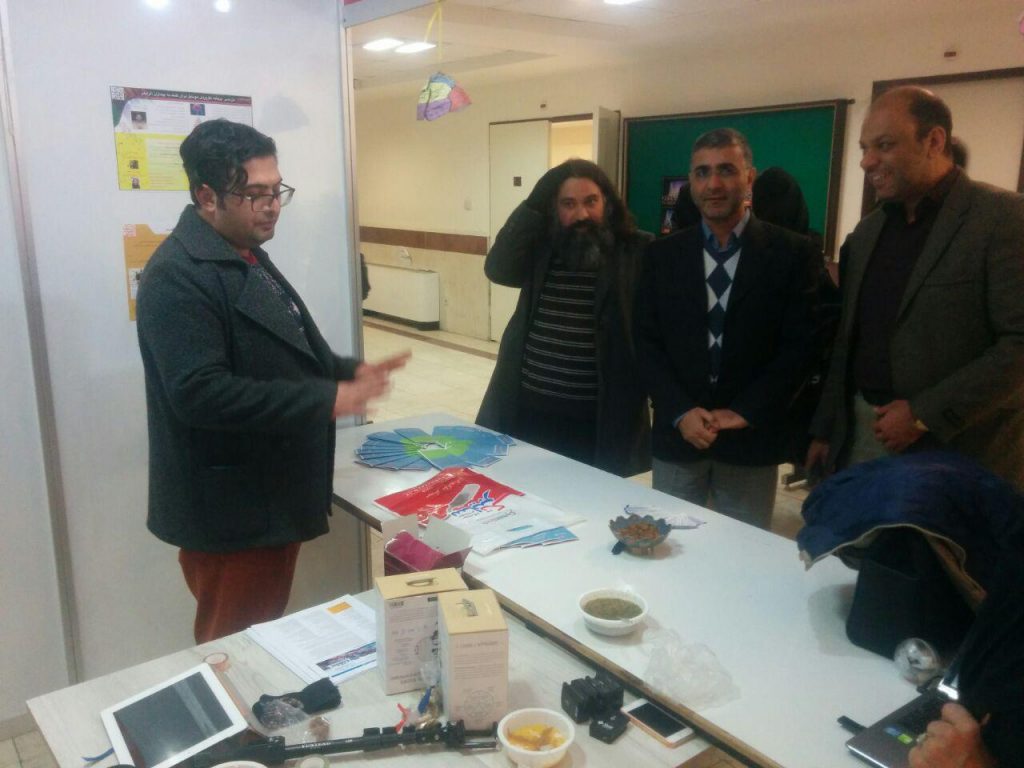M.Sc. Thesis Defense Session
in
Computer Engineering (Hardware)
Tittle:
Design and Evaluation of Smart Health Networks for Elderly and Disabled Community
By
Alireza Jafari
Supervisor:
Dr. Ghassemian
Advisor:
Dr. Parissa Taheri (MD)
Examination Committee:
Dr. Ali Movaghar – Dr. Maghsoud Abbaspour – Dr. Islam Nazemi
Location: Room 117, Faculty of Computer Science and Engineering.
Time: Monday, December 25 , 2016 (5 Dey 1395) – 15:00.
Abstract: Considering the elderly population growth and the shift in the base of the age pyramid in mainly in developed countries, and given the scientific breakthroughs in the implementation of communication infrastructure in different dimensions, discussions revolving around the smart home and its practical applications is no longer a far-fetched concept. In this report, a system, using paired passive infrared (PIR) sensors at each entry of the house, observes the collective activities of the physically-challenged individual as well as monitors his or her movement pattern. This system is designed in a manner that, while ensuring reliability concerning accuracy and reliability, it minimizes the negative impact on the individual’s privacy and does not add additional complication for the implementation or the installation phase.
Based on a behavioral data collection for a period of three weeks over a smart home testbed , well-known medium access control (MAC) protocols applicable for the scenario under study are reported. Focus regarding the selection of protocols is mainly concerned on the fact that, although numerous researches have been conducted toward the development of MAC protocols, most protocols have been observed or improved, considering their network features, under simulated circumstances. To identify suitable MAC protocols for the smart home application, using collected data is vital. In this research, in a testbed which uses PIR sensors that accurately record movement, the activities of the physically-challenged individual has been monitored for 21 days. The dynamic of this environment works in a way that a most of possible errors can be easily detected through different methods. Afterwards, using the simulator, the collected data will study and compare three protocols, namely X-MAC, RI-MAC and A-MAC, for the three criteria of duty cycle, package delivery ratio, and latency. Furthermore, these criteria are simulated using the previously-mentioned simulated data. The acquired results indicate that, by applying real data, the performance of these protocols is closely similar. It is shown, however, that, by including simulation based on real data, the performance of A-MAC in the work cycle aspect is higher than the RI-MAC and X-MAC protocols by 16.8 and 23.5 percent, respectively. Furthermore with the other simulation results based on well-known CASAS project, we have finished with the nearly same results in comparison with our implemented testbed and the collected data.
Keywords: Smart home, Activity of daily living, Smart home network architecture, MAC layer protocol, X-MAC, RI-MAC, A-MAC
